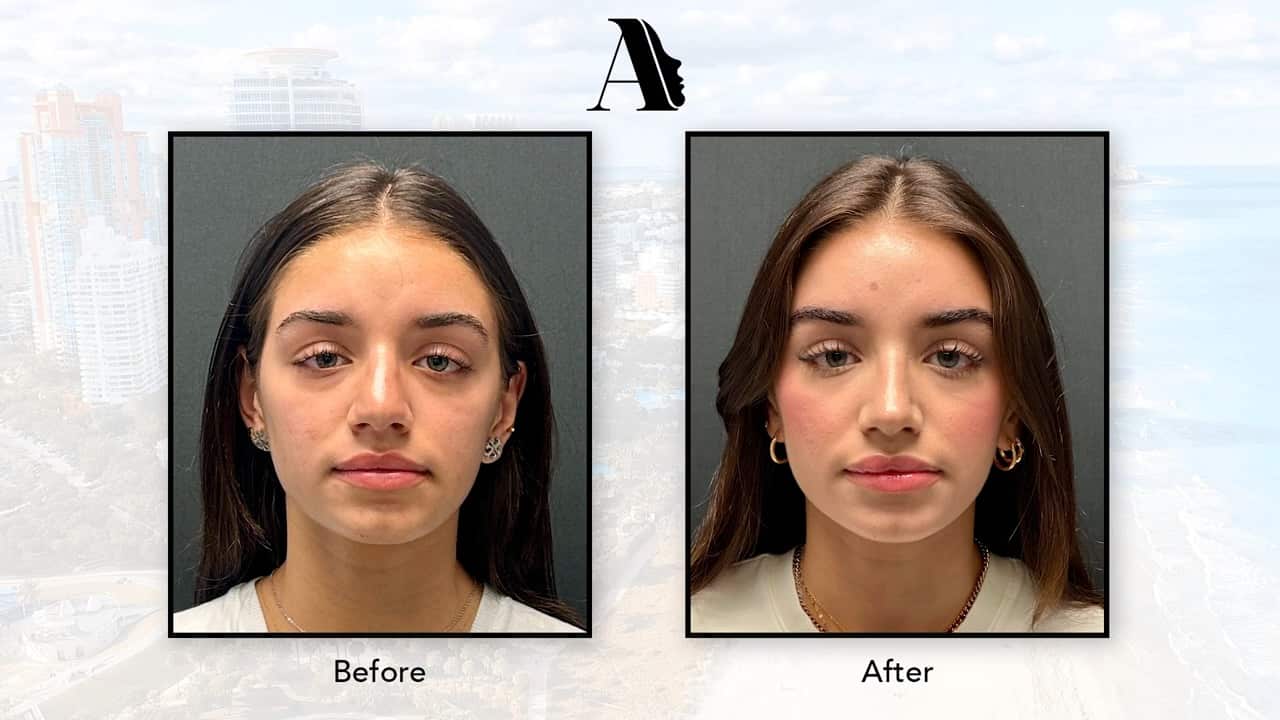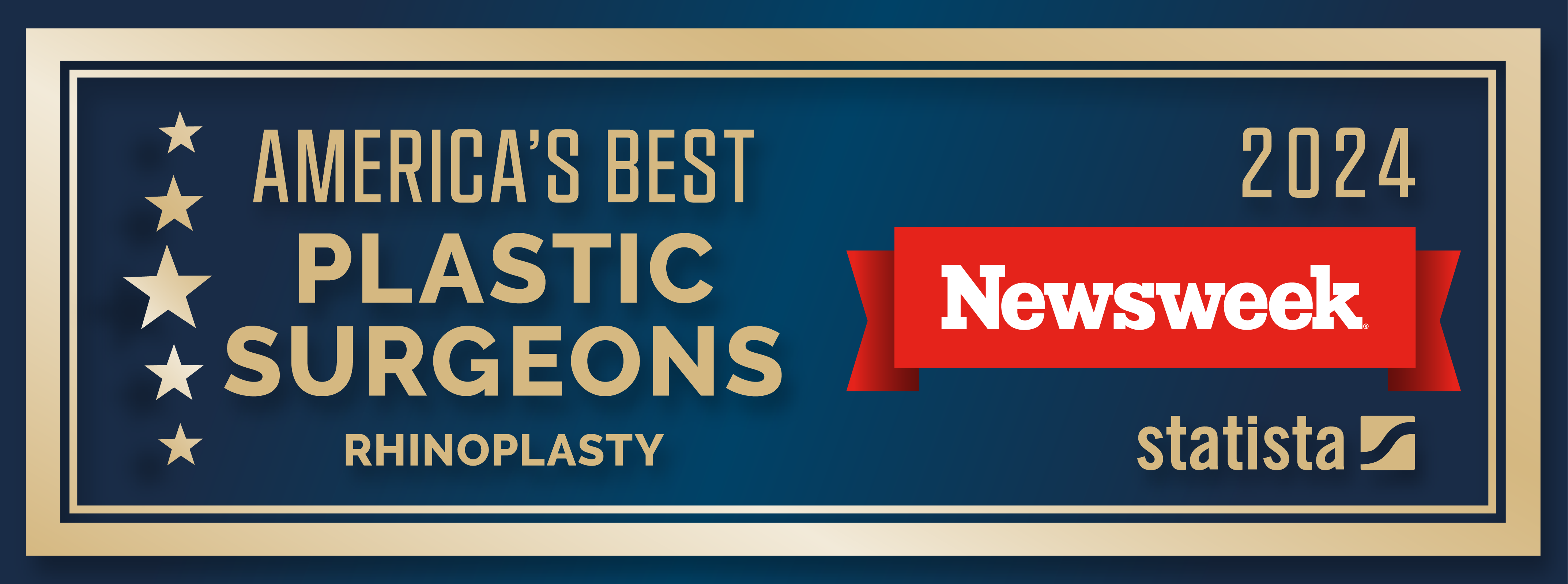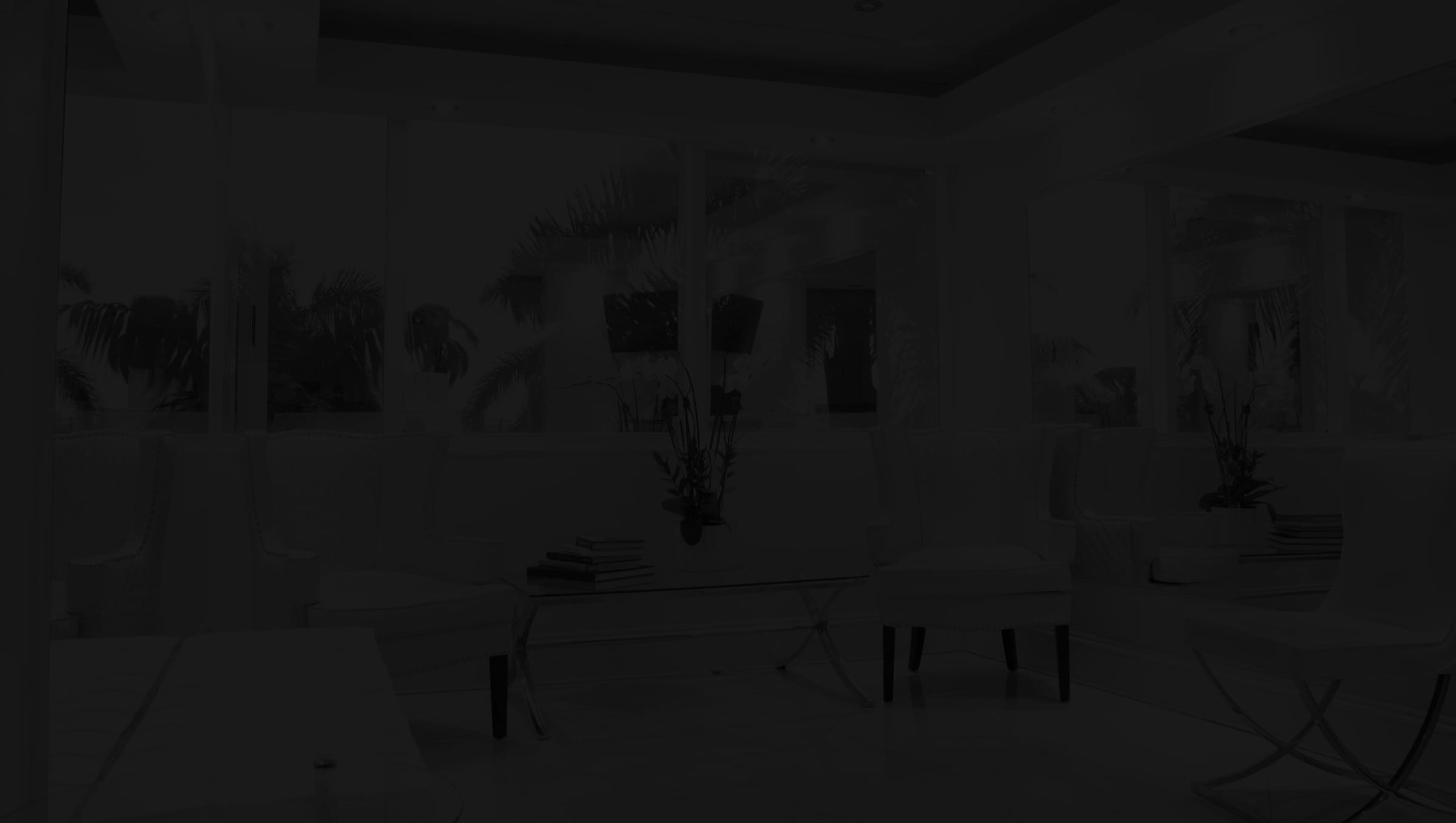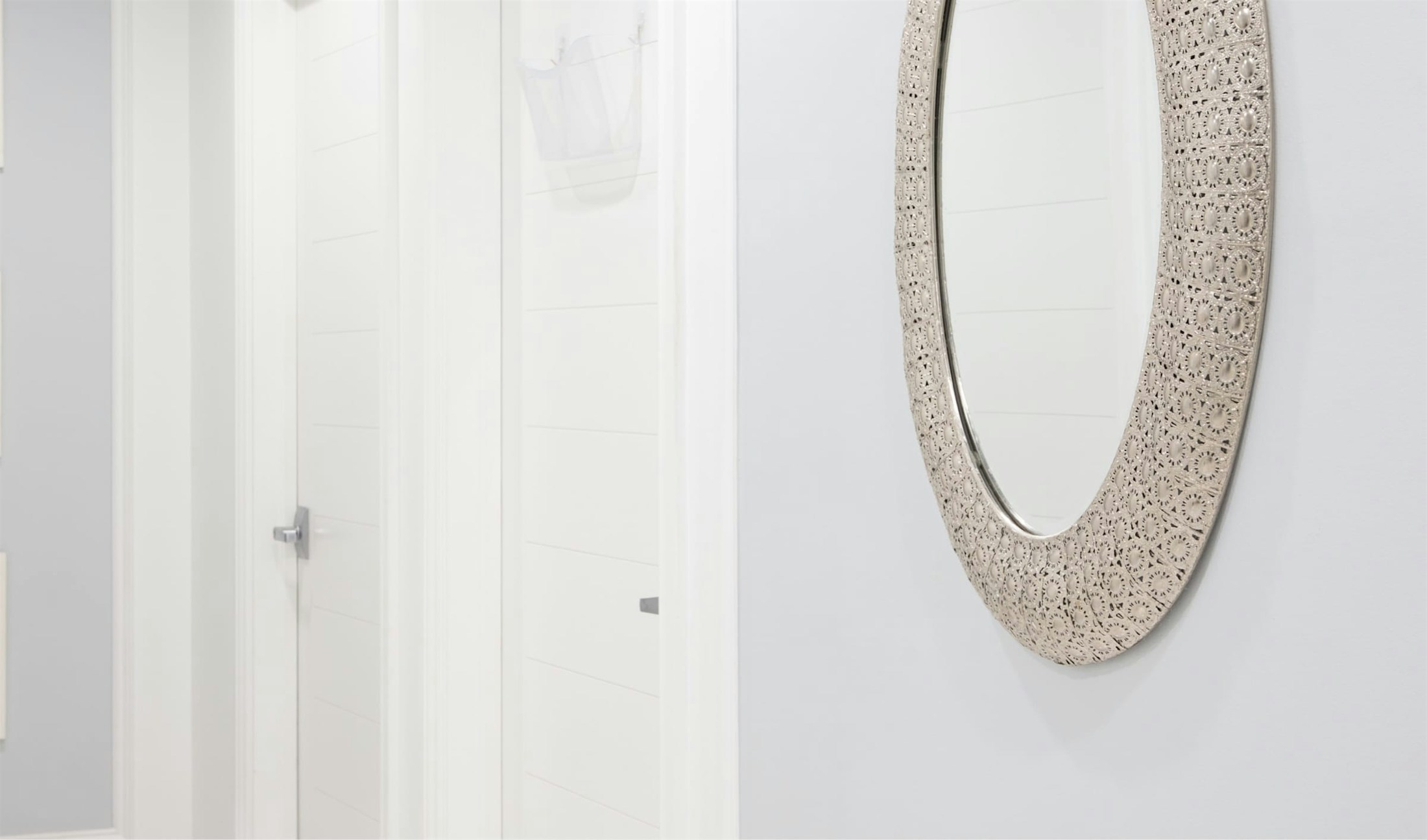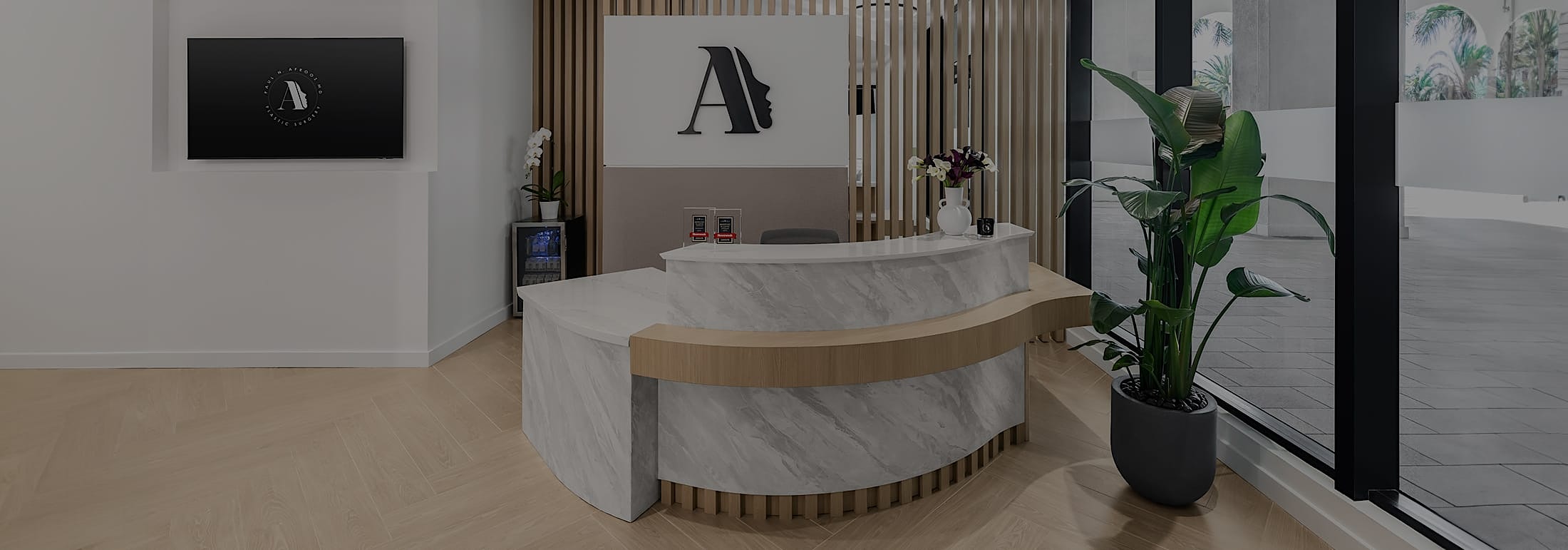Overview the road to a full recovery after rhinoplasty
Most patients are eager to understand the recovery process up front so they can anticipate the degree of discomfort they will be in, how long they will need to take off from work, and how they will look in a few days, months, or years. Dr. Afrooz has performed hundreds of successful rhinoplasties, and he can provide detailed information that sets clients at ease.
After surgery, patients will go home right away, accompanied by a responsible adult, friend, or family member. Bruising will begin to diminish with each passing day. Swelling in the bridge and upper nasal region will decrease faster than in other areas due to the thinner skin in these regions. Swelling in the tip may take longer to disappear.
As mentioned earlier, the degree of swelling corresponds to the extent of the changes made by Dr. Afrooz. Complete nasal reconstruction with septoplasty will cause more swelling than if minor changes were made to the nasal tip, for instance. In general, swelling will peak during the first week and then begin to fade.


